Joanne Chew: Malaysia’s design scene is in the hands of small exciting studios
Joanne Chew, founder of KL-based creative studio Fictionist, is behind some of Malaysia’s coolest design projects today. Whether it’s a funky ang bao design or an old-school, hand-painted café storefront for Damansara Kim’s Universal Bakehouse, her work is fun, imaginative and rich in storytelling, very much in line with her studio’s name. “I believe that branding is about effective storytelling and creating universes, which is why I decided to include ‘fiction’ in the studio name,” she explains.
The playful, Malaysian flavour that runs through all her work has become somewhat of a signature. A recent collaboration for the reopening of The Royal Press in Malacca, one of the world’s only surviving letterpress museums, resulted in a series of unique merchandise inspired by its vast and storied archives. Obat Sakit Hati (“Heartache Remedy” in Malay), is a tongue-in-cheek fictional packaging for imagined remedies to the world’s current state, inspired by the old-school medicine boxes The Royal Press used to print decades ago.
She also brought to life the covers and concepts behind I Lup Chew, a quirky book chronicling the handwritten musings, half-baked ideas and poems of acclaimed late Malaysian filmmaker Yasmin Ahmad; as well as Born in Malaysia, a book series by local photographer Kenny Loh documenting his portraits of everyday Malaysians around the country.
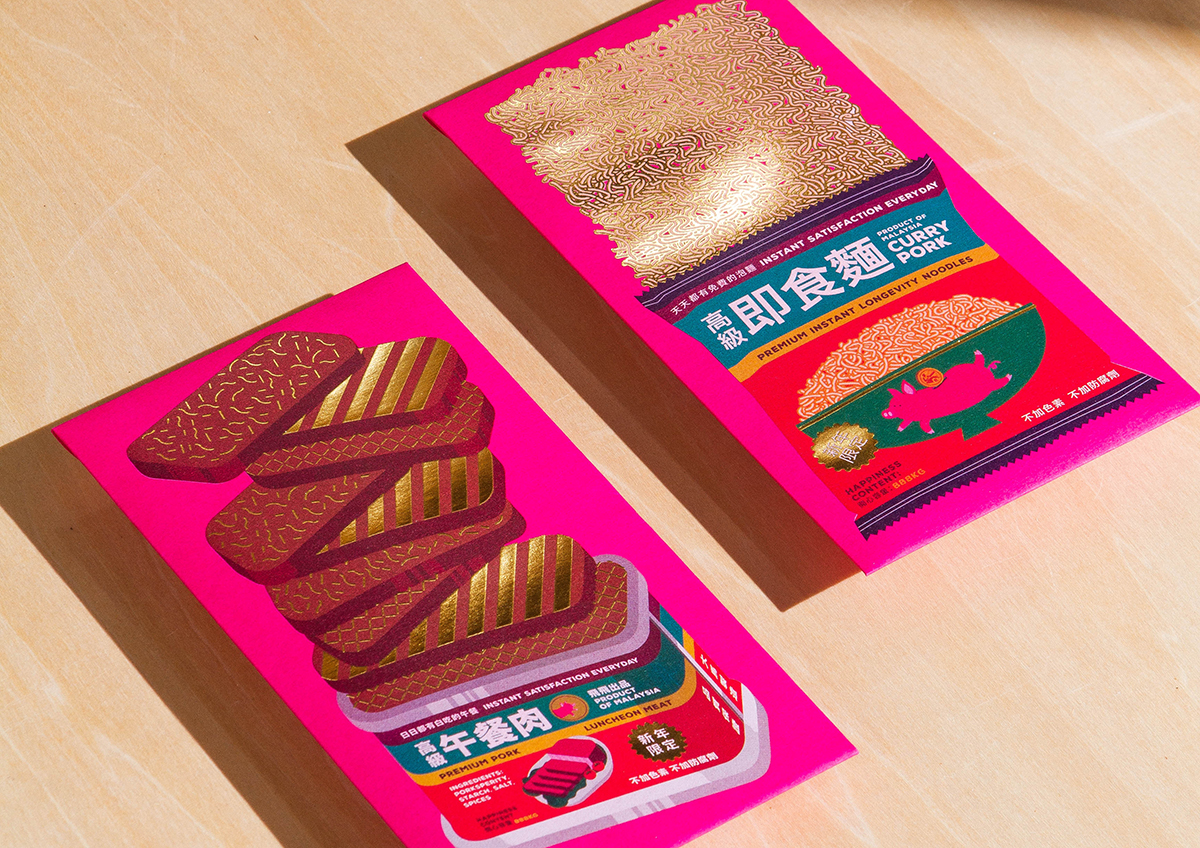
Joanne founded Fictionist Studio in 2014 after returning to Malaysia following stints in New York and Singapore. “I voted for the first time during the 2013 Malaysian elections. The very act of exercising my democratic right somehow triggered me to move back and I thought to myself that perhaps it was time to contribute back to my own country, even if it’s just a beautifully designed business card.”
Fictionist began with Joanne working on projects alone in her bedroom. Six years on, the studio has grown into a team of six with an impressive portfolio spanning hotels, museums and more – a far cry from those business cards. Here, we catch up with Joanne who tells us about her design heroes, the essence of Malaysian design and what’s next for her studio.
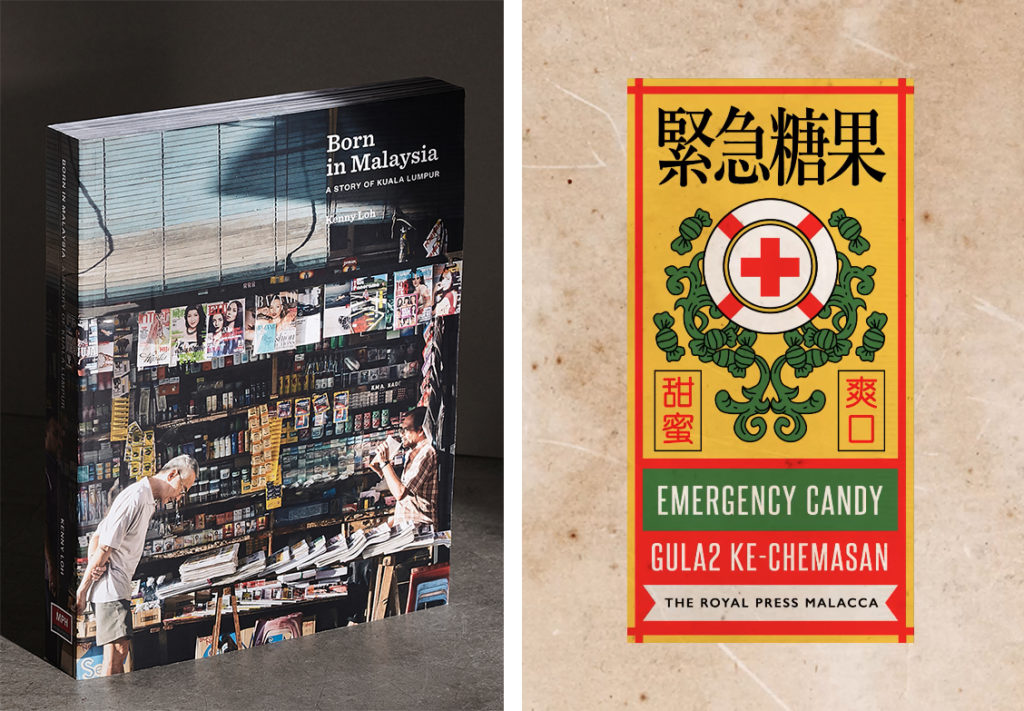
Complete this sentence: “Good design should…”
Good design should be like a perfectly cooked dish — well-seasoned and nuanced in flavour, texture, temperature and presentation.
Talk to us about some of your favourite projects to date.
The experimental arm of our studio, F—SERIES, is a series of self-initiated annual projects, where we allow ourselves to experiment and induce play in our work. I love working on F—SERIES instalments because it gives us the opportunity for boundless creative experimentation.
Any new or upcoming projects you’re excited about?
We are working on quite a few exciting projects at the moment — one of which is our third installment of the F—SERIES. I can’t reveal too much about it yet as it’s still in progress. Apart from that, we’re working on a brand identity for a coffee purveyor, an early education centre as well as Malaysia’s first Kempinski Hotel, targeted to open in the heart of Kuala Lumpur in 2021.

How has growing up in Malaysia influenced your work?
I was asked by a design magazine what the DNA of Malaysian graphic design is: Malaysia is such a melting pot of cultures, languages, races and religions, we often need to generate designs which cater to all categories, unless they are for targeted market segments. There isn’t a core philosophy or visual cue which can help to identify a piece of Malaysian graphic design, but rather a sentiment of multi-facetedness and multiplicity.
Over the years, I’ve consciously sought out projects that demonstrate such multiplicity. An example would be the Born in Malaysia book as I was really drawn by the diverse stories of each character. In fact, I read all of them before designing the book. Another would be the storefront signage of Universal Bakehouse in Damansara Kim, for which we recreated a multilingual, old school, hand-painted sign like how they did it in the olden days.
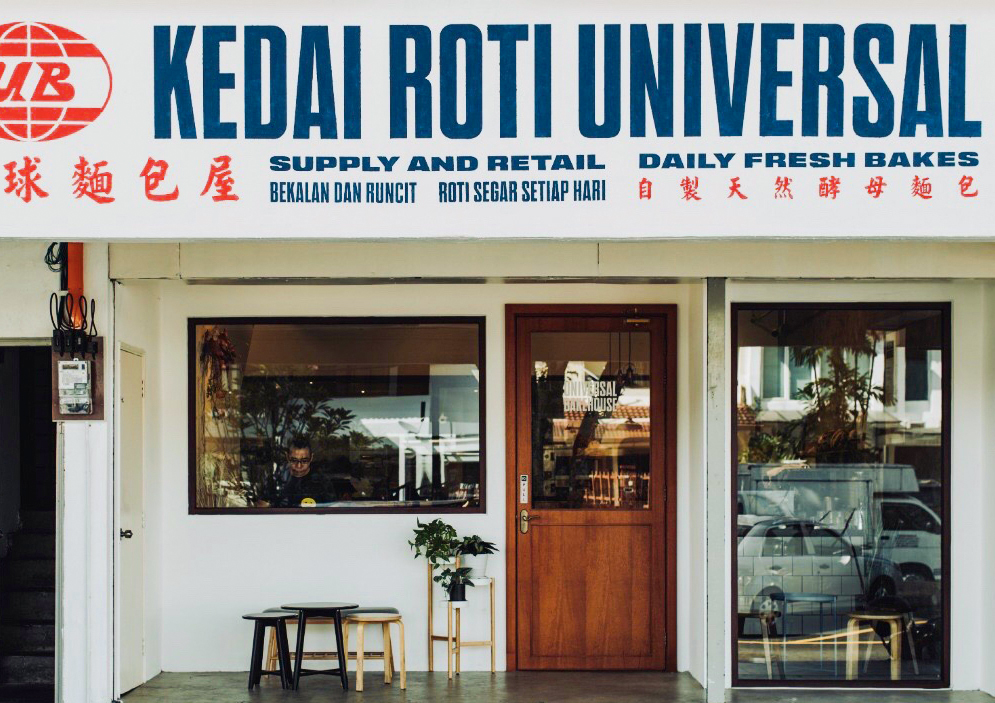
There isn’t a core philosophy or visual cue which can help to identify a piece of Malaysian graphic design, but rather a sentiment of multi-facetedness and multiplicity.
How has the design and creative landscape changed in Malaysia over the years?
About 15 to 20 years ago, the graphic design scene in Malaysia had been dominated by advertising and medium-sized agencies. Over the past five to eight years, we have seen a steadily growing number of smaller outfits like us and a blossoming community of edgier creative practitioners. This could be potentially due to the maturing of the creative economy, whereby businesses are favouring more inventive solutions and seeking out designers who think imaginatively.
What were your biggest takeaways working as a designer abroad?
More than the work itself, I feel that living in different cities has elevated my role as a creative practitioner. Being exposed to different types of experiences has allowed me to be more cultured and adaptive in both thinking and doing creative work.
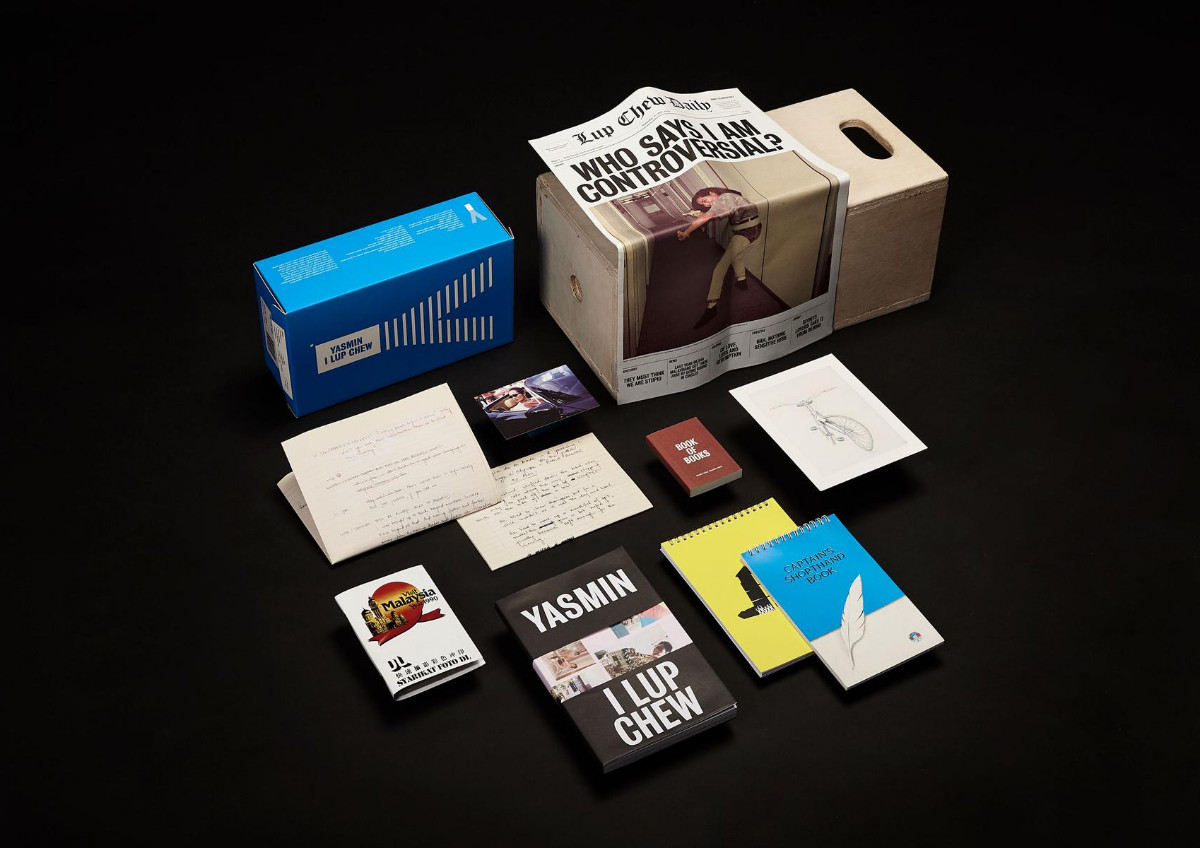
Who are your favourite design heroes, local and international?
My favourite local creative would have to be Jonathan Liang, a fashion designer who owns his namesake label. He is also the brand director of 8 Conlay from KSK Land, with whom I work closely. He is a tastemaker with such a keen eye for beautiful graphics. My international creative would have to be Neri Oxman at the MIT Media Lab, where she leads the Mediated Matter research group. She is who I would think of as a renaissance woman, straddling beautifully between the worlds of arts and science.
Lastly, what’s your vision for Fictionist Studio?
It is my hope that we can do more purposeful and meaningful work. I want [us] to think more deeply about our vocation as communicators and make responsible design decisions, as we navigate through a rapidly changing world.
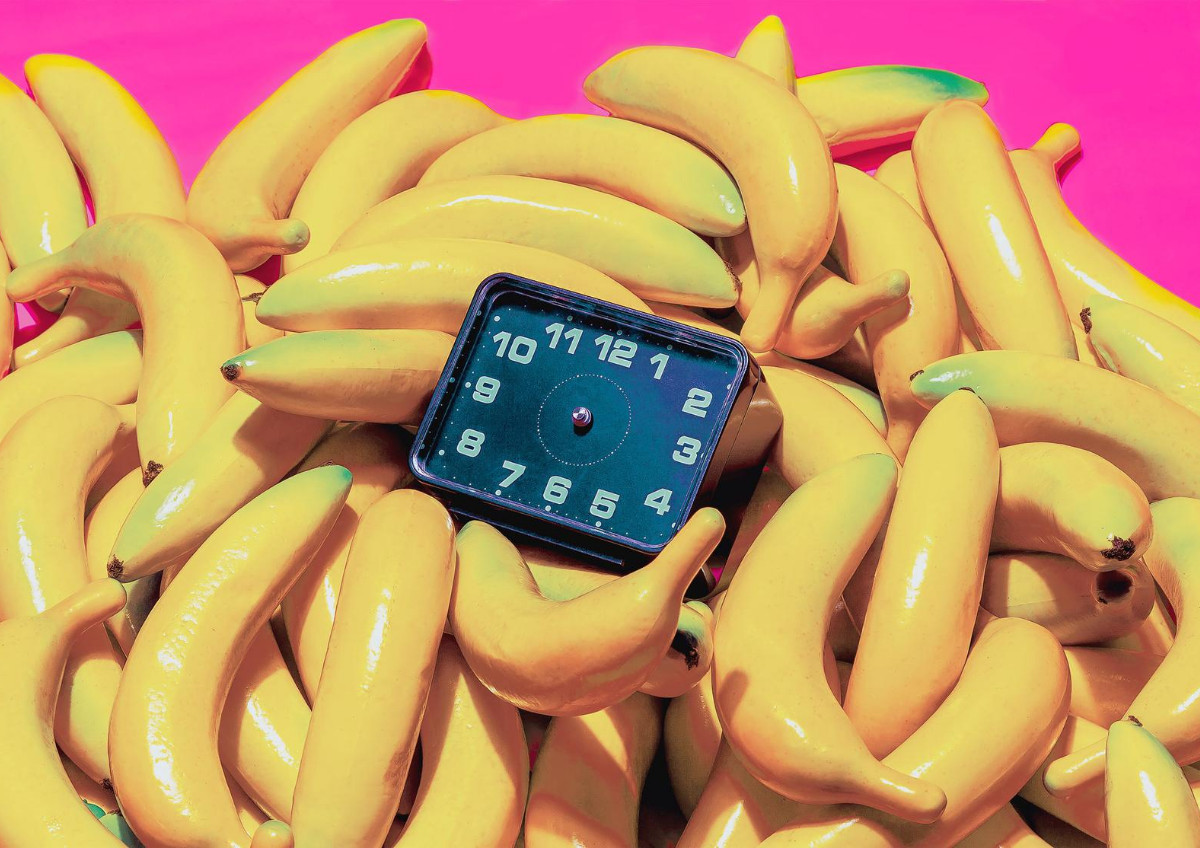
The post Joanne Chew: Malaysia’s design scene is in the hands of small exciting studios appeared first on Going Places by Malaysia Airlines.
